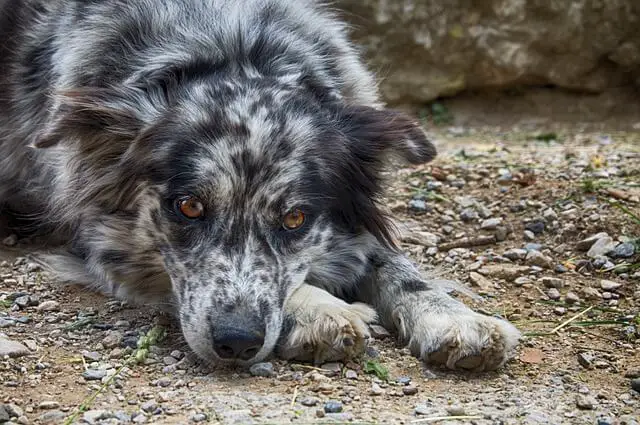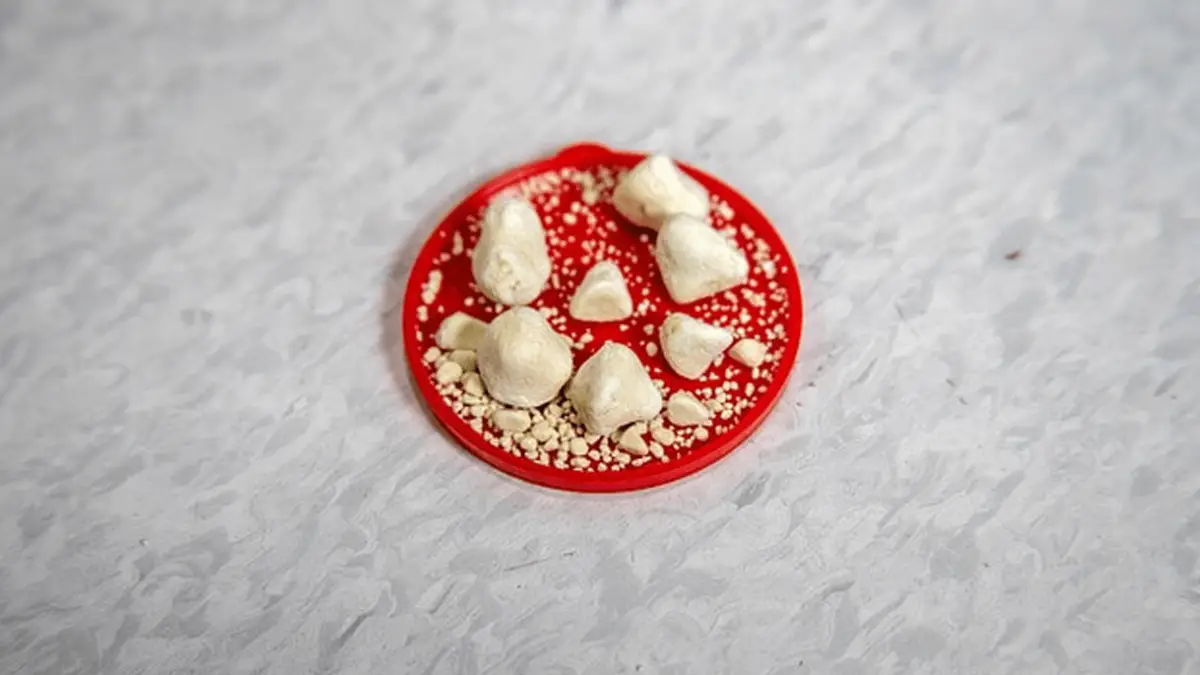Bladder Stones in Dogs: Symptoms, Treatment & Prevention
10.02.2021.
If you have a dog, you probably know the feeling of your best friend being in pain and you not being able to do anything to help them. It is a nasty feeling of helplessness, and sometimes, the best thing we can do is learn about different health issues, so we can notice the signs, and we might just be able to do something. One of these problems that can affect our dogs is bladder stones.
Just like in humans, bladder stones are very uncomfortable and painful. It is not something your dog’s body can get rid of, and they will need a veterinarian’s help. You must learn the symptoms and a bit more about this health issue, so you know what your dog has to deal with.
What are bladder stones in dogs?
Bladder stones get created when minerals in urine clump together. Vets call that urolith, and they can be very painful. There are two types of bladder stones in dogs: calcium oxalate stones and struvite stones. There are some differences between them, and they are both very painful.
Calcium oxalate stones
Calcium oxalate stones form when the dog’s urine is supersaturated with calcium and oxalate. This type of bladder stones is more common in male dogs than in female dogs, and it is also often found in senior dogs. These stones can form in sterile urine and are not associated with urinary tract infections. Some breeds are more likely to develop them, and those breeds are:
- Pomeranians
- Norwich Terriers
- Norfolk Terriers
- Keeshonds
- Border Collies
- Amstaffs
- Staffordshire Bull Terriers
- Havanese
- Boston Terriers

Struvite stones
Struvite bladder stones are the most common type of bladder stones in dogs. When magnesium and phosphate stick together, struvite forms, and the stones are developed. While struvite crystals are common in dog’s urine, struvite is not. When ammonium-producing bacteria infect the dog’s urinary tract, the pH levels of urine rise. Higher pH levels cause struvite crystals to stick and form a bladder stone.
The problem with struvite stones is that it affects mostly female dogs. Around 85% of all cases are females, and it usually affects adult dogs as young as 3. These bladder stones typically come with a urinary tract infection. The breeds that seem prone to struvite stones are:
- Labradors
- Shih Tzus
- Yorkshire Terriers
- Miniature Schnauzers
- Dachshunds
There are plenty of kidney problems that can affect dogs. Check out this article - Kidney infections in dogs.
Symptoms of bladder stones in dogs
The best thing you can do as a dog owner is to notice bladder stone symptoms as soon as possible, and as for your vet’s help. However, that can be easier said than done. Symptoms can vary from dog to dog, and some dogs can display symptoms similar to those of urinary tract infection, and some dogs might not show any symptoms.
After you take your dog to the vet and they confirm your doubts about bladder stones, they will want to do additional tests that will absolutely confirm the diagnosis. The way to do that is to get your dog to an X-ray machine or make an abdominal ultrasound. Either way, your vet can confirm that your dog has bladder stones. The symptoms of bladder stones are:
- Pungent urine
- Strained urination
- Inability to urinate
- Bloody or discolored urine
- Often urination
- Lickin and pawing of the genital area
- Vomiting
- Loss of appetite
- Low energy

Bladder stones treatment
There are a couple of ways vets can help your dog. They will know what type of bladder stone treatment is best for your dog. The possible treatments are surgery and special diets. The type of stone will determine the best course of action, and diet might not work for some stones.
Surgery
Surgery is the most effective way to solve bladder stones in dogs. It is safe and quick. Vets will make a small abdominal incision and get into the bladder. They will physically remove stones, and the problem will be gone. Most dogs need 2 - 4 days to recover, but the incision will remain for a bit longer.
Surgical removal of the bladder stones in dogs might not be the best option for dogs with other preexisting conditions. However, dogs that have stones blocking the urethra might only have one option: emergency surgery. A blocked urethra means the dog cannot urinate, which can lead to kidney infection and failure.
Special diet
The second option is a specialized diet that can make certain stones dissolve. That is mostly connected with struvite stones, and this type of treatment will not work on calcium oxalate stones. A specialized diet will only work on struvite stones.
Since bladder stones often come with urinary tract infections, they might also prescribe antibiotics. They will take care of the infection, and the diet will dissolve the stones. However, the specialized diet will not work if there is urethral obstruction. In that case, surgery is the only option.
Pancreatitis is another common problem among dogs. Check out this article to learn more about it - Pancreatitis in dogs.
Prevention of bladder stones
It is tough to prevent bladder stones from happening the first time. You should control your dog’s magnesium, calcium, and phosphorus intake, which can be pretty hard. After the vet cleared them for the first time, it is essential to stick with the specialized diet and have regular vet checkups that can tell you if anything is going on with your dog.
World Dog Finder team







Share